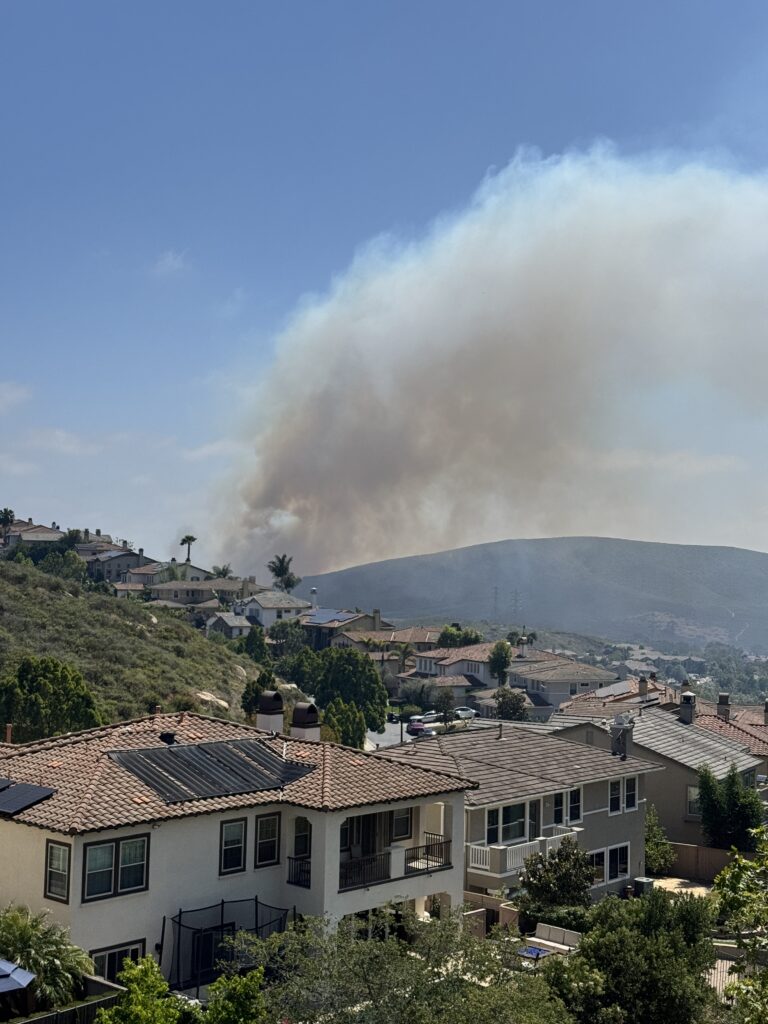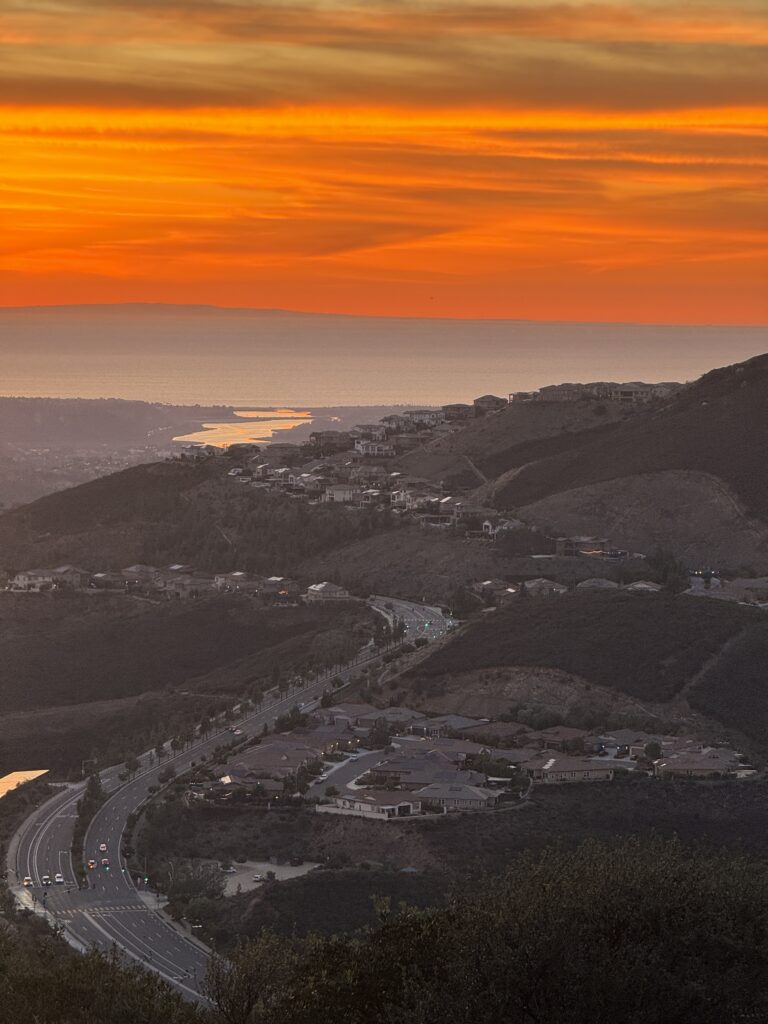Homeowners work to cut fire risk
After 2 disasters in 4 years, residents are more proactive about protecting property
Clipped From UNION-TRIBUNE
By J. Harry Jones
April 21, 2008
The October 2003 firestorms and the repeat four years later taught many a hard lesson: Despite the best efforts of firefighters, when the Santa Anas blow and something ignites, the land is going to burn.
Six months after the most recent conflagrations destroyed nearly 1,700 homes, killed 10 people, forced the evacuation of more than 500,000 and stirred unease about the future, many are taking fire protection seriously enough to change the way they live. Some homeowners are being more proactive about protecting their property. Entire communities in fire-risk areas are banding together, paying professionals to clear brush or doing it themselves. And sales of hoses, protective gel, swimming pool pumps and other fire equipment are skyrocketing.
“Since the fires, we’ve had tremendous interest and sales,” said David Duea, owner of Fire Etc., a fire-equipment-supply business in downtown San Diego.
“After the (2003) Cedar fire, people were in shock. They hadn’t experienced anything like that since the Laguna fire (in 1970). But last year, they realized this could really happen to them – that they were on their own.”
‘Part of a community’
Some communities learned lessons even before the latest wildfires.
Several months ago, the San Elijo Hills neighborhood in southern San Marcos, which abuts heavily wooded land that burned in the 1996 Harmony Grove fire, asked Firewise to update a plan the company had created for it four years ago.
The community of about 10,000 didn’t exist when the Harmony Grove fire – at the time the most destructive in 25 years – passed through.
“We have a very active program that entails brush management for the entire community,” said resident Jeff Tuller, who serves on a fire-safety committee of the homeowners association.
Brush has been significantly cleared from the slopes, a process that must be constantly updated.
“We live in a fire-prone area,” Tuller said. “For us, it’s important to be prepared before each fire season begins.” CLICK HERE TO READ ENTIRE UT ARTICLE






